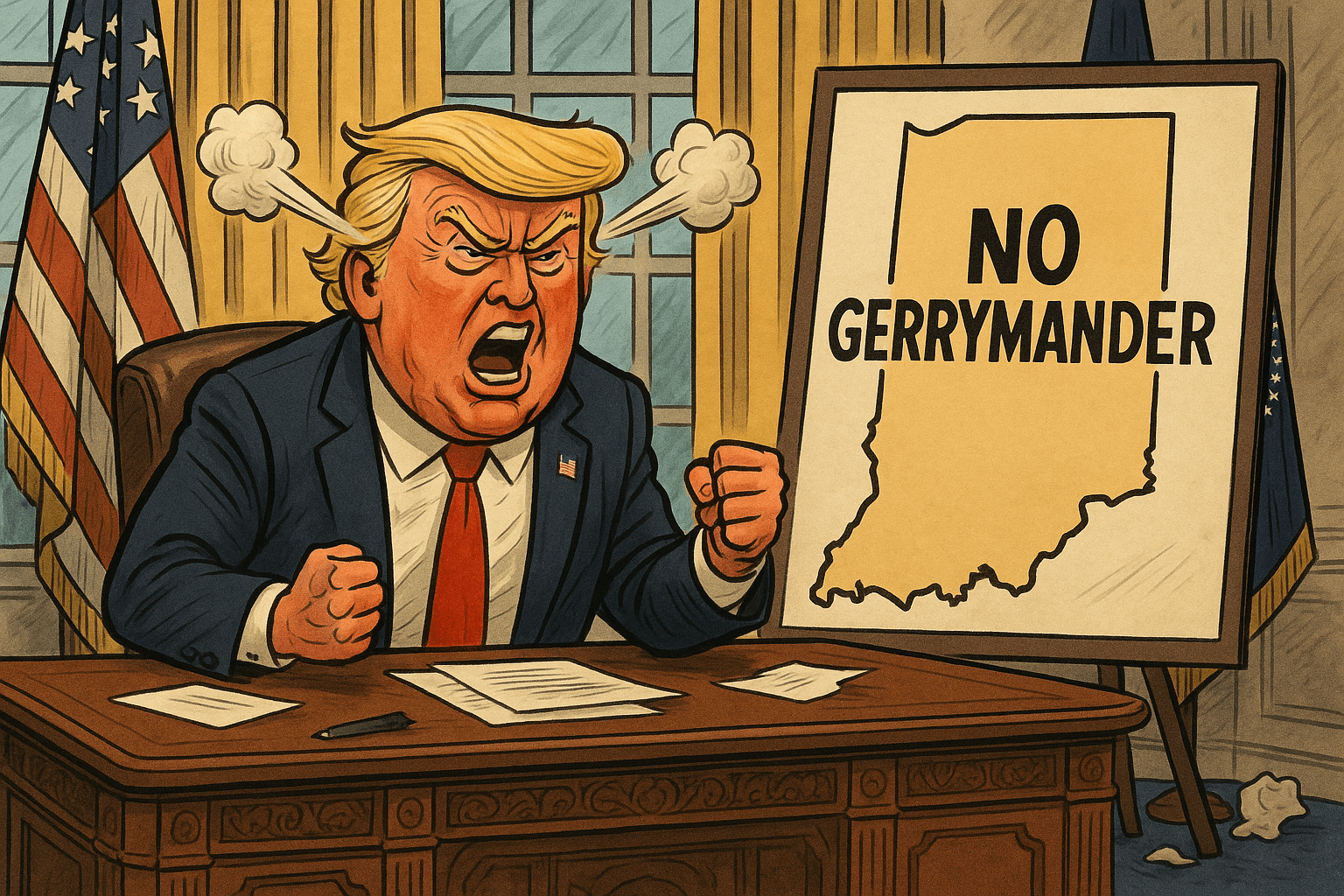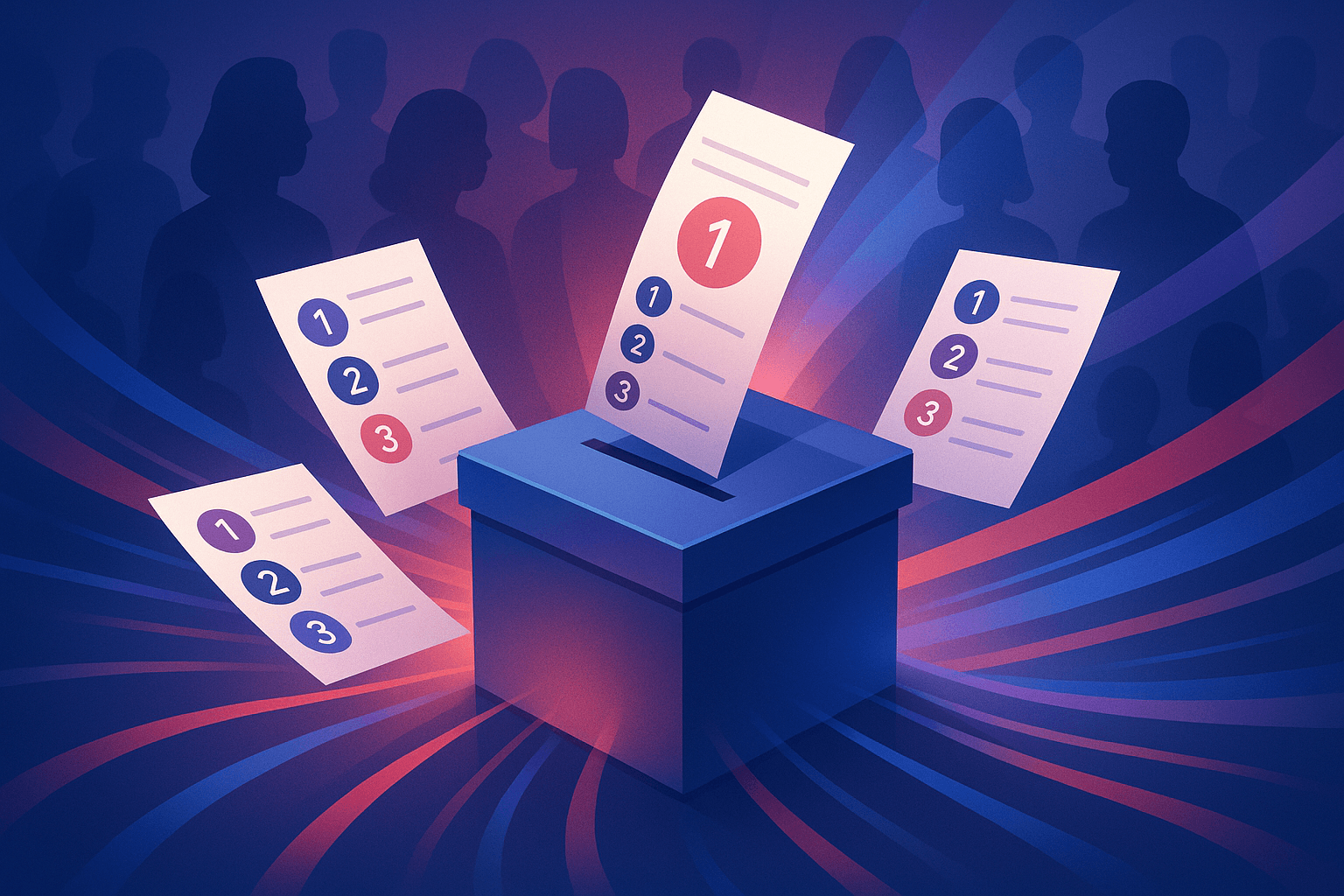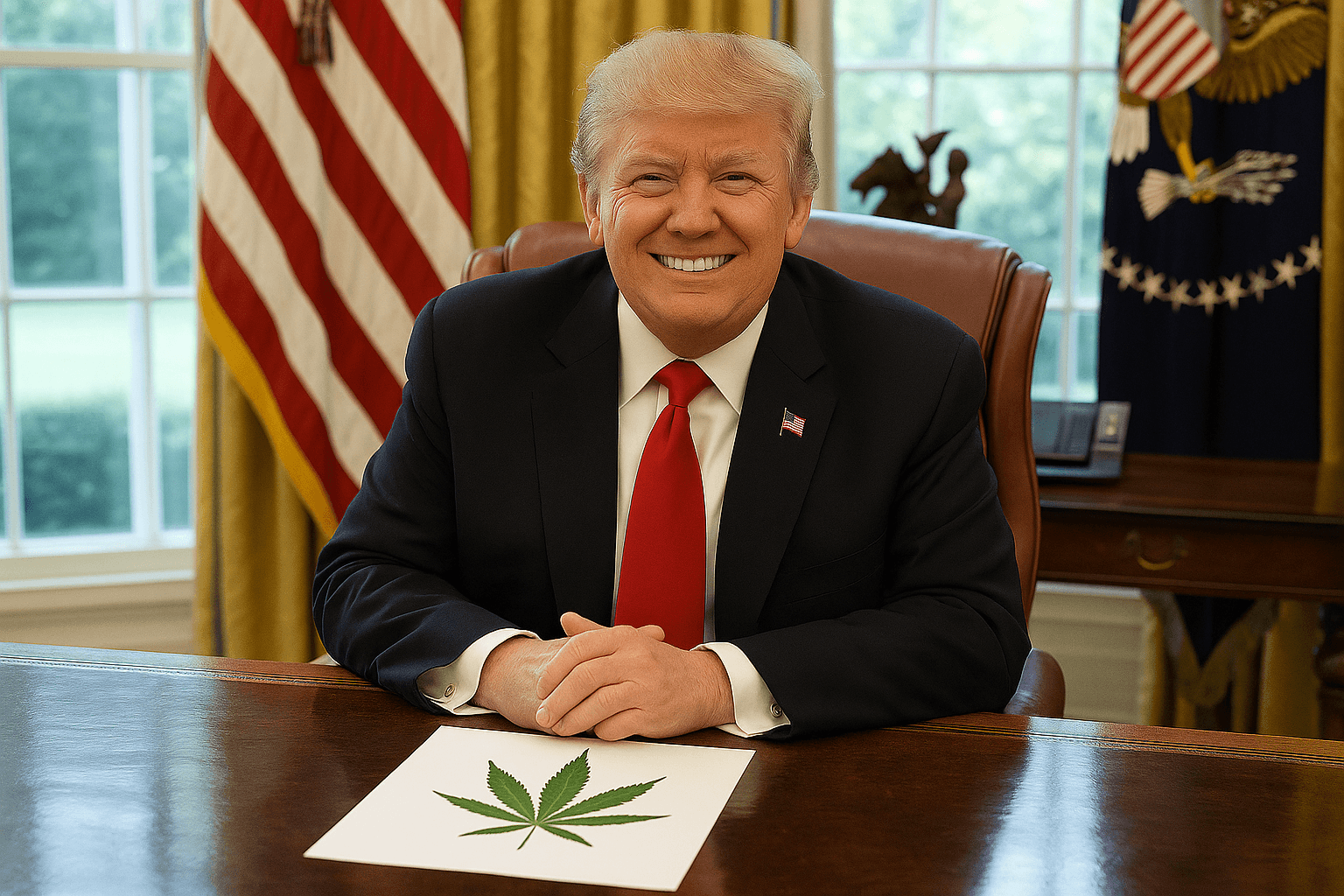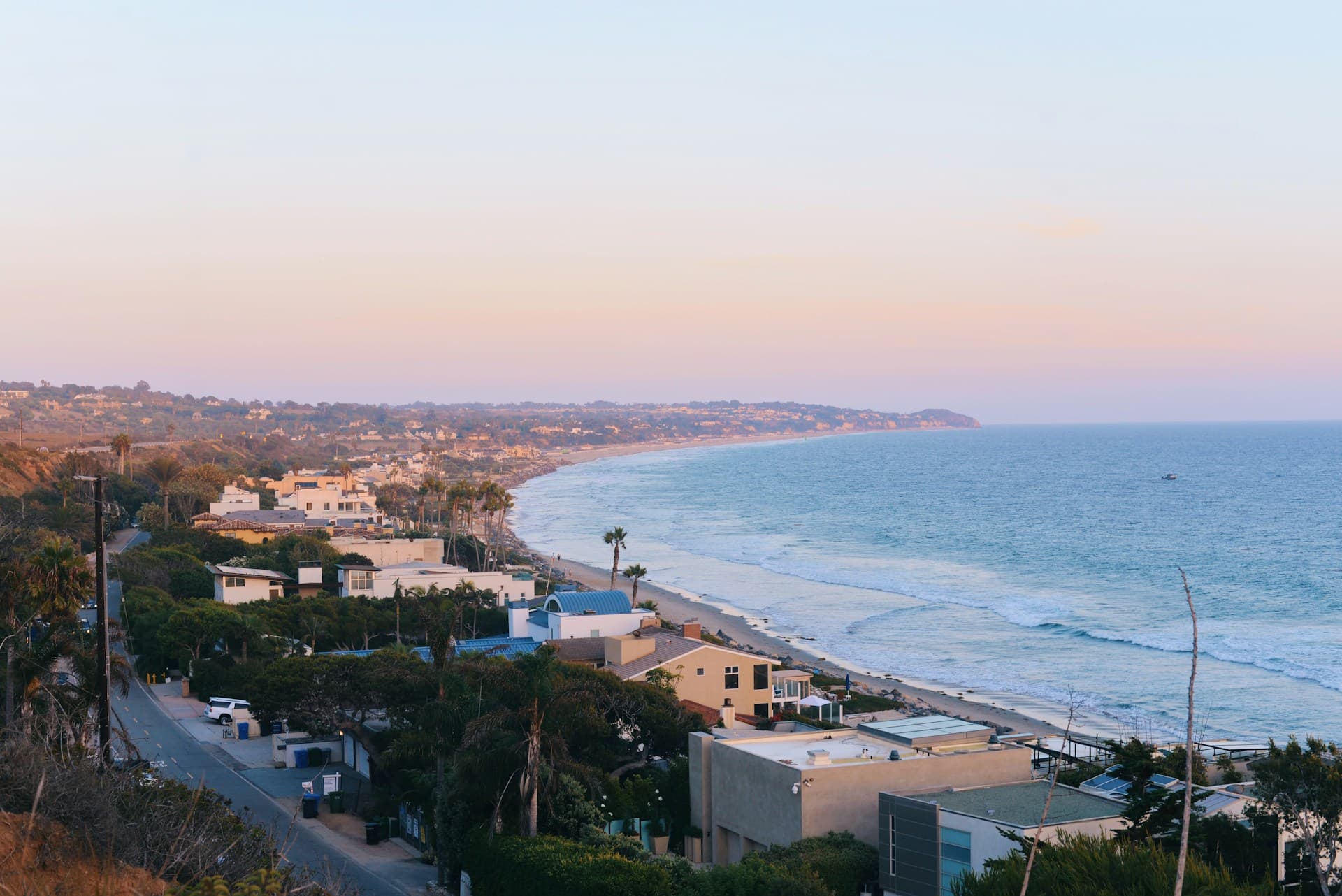Analysis: Popular Oakland Ranked Choice Voting System Used to Decide City's Next Mayor

Editor's Note: This analysis originally published on FairVote's website and has been republished on IVN with permission from the organization.
On Tuesday, Oakland, CA used ranked choice voting (RCV) in special elections for mayor and City Council District 2 – marking Oakland’s 5th mayoral election using RCV. A 2024 poll found that 77% of Oakland voters are satisfied with the election method, and 92% of Bay Area voters say they understand it well or somewhat well. The San Francisco Chronicle has called the mayoral election for former congresswoman Barbara Lee, and the city council race for Charlene Wang.
In the mayoral election, candidates included Lee, former Oakland City Councilmember Loren Taylor, Mindy Pechenuk, Elizabeth Swaney, and five others. Lee and Taylor were viewed as frontrunners, raising the most money and receiving the most notable endorsements.
In unofficial election results released Friday, April 18, Barbara Lee leads the race for mayor, with 50.0% of first choices and 52.7% of votes in an RCV count. Loren Taylor is in second, with 45.0% of first choices and 47.3% of votes in the RCV count. In addition to the Chronicle, Decision Desk HQ has called the election for Lee.
Like most cities that use RCV, Oakland releases its preliminary RCV results on election night – on the same timeline as other results. Since California counts mail-in ballots postmarked by Election Day, a large number of ballots were counted after Election Day and released earlier today. About 300 more mail-in ballots are expected to be cured and counted in the race.
Notably, although mayoral candidate Tyron Jordan withdrew before election day, his name still appeared on the ballot. He received 1.1% of first choices, the third-most in the race. In a single-choice election, any votes for a withdrawn candidate would be “wasted.” However, with RCV, a voter who ranked a withdrawn candidate like Jordan first can have their vote count for a second choice.
Using the current cast vote record – an anonymized record of all ballots cast – we see that 85% of voters who ranked Jordan first ranked a second choice. In total, 85% of voters who did not rank Lee or Taylor first ranked at least one backup choice, showing how voters can use the ranked ballot to have greater say and better express their preferences in a crowded race.
61% of all voters ranked at least two candidates in the mayoral race, with Lee and Taylor voters less likely to rank multiple candidates. This matches previous evidence showing that voters rank when it matters – supporters of frontrunning candidates may be less likely to rank multiple choices, as they know their favorite is likely to make it to the final round of counting. In another sign of voters’ effective use of the ranked ballot, 99.6% of all ballots cast in the mayoral race were valid.
In the City Council District 2 race, the six candidates were Wang, Reverend Kenneth Anderson, Harold Lowe, Kanitha Matoury, Kara Murray-Badal, and Paula Thomas. Wang and Murray-Badal raised the most money and received the most prominent endorsements.
Charlene Wang was declared the winner by the Chronicle. In unofficial results, Wang leads with 46.9% of first choices and 60% of votes in the RCV count. Murray-Badal has 33.6% of first choices and 40.6% of votes in the RCV count.
75% of voters who did not rank Wang or Murray-Badal first ranked at least one backup choice. 72% of all voters ranked at least two candidates in the race.
The Oakland special elections show how local organizations and candidates have embraced the opportunity to rank multiple candidates on their ballot. Barbara Lee encouraged voters to rank multiple candidates for mayor. Loren Taylor released a video with fellow candidate Elizabeth Swaney encouraging Oakland residents to vote, with Swaney encouraging voters to support multiple candidates in her accompanying post. The Alameda Labor Council and other labor or advocacy groups provided ranked endorsements for the City Council race.
Visit CalRCV today to help bring ranked choice voting to your California community, or find an RCV group in your state if you live elsewhere in the U.S.
This analysis of the Oakland mayoral election was last updated on April 18, 2025.





